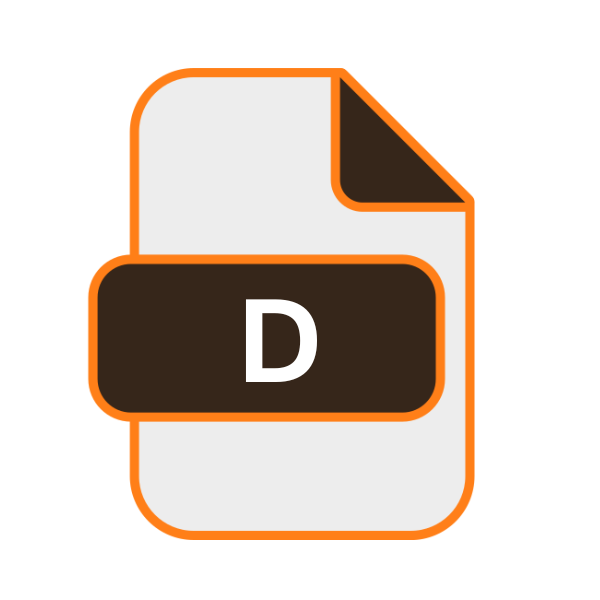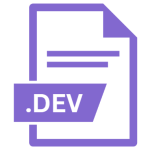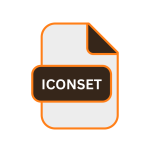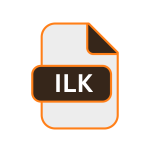.D File Extension

D Source Code File
| Developer | N/A |
| Popularity | |
| Category | Developer Files |
| Format | .D |
| Cross Platform | Update Soon |
What is an D file?
The .D file extension stands out as a significant representation of source code files written in the D programming language.
These files encapsulate instructions and logic, forming the backbone of software applications developed using the D programming language.
More Information.
The D programming language emerged from the need for a modern programming language that could combine the high performance of languages like C and C++ with the productivity and elegance of languages like Python and Ruby.
With this vision in mind, Walter Bright set out to create a language that would address the shortcomings of existing languages while providing developers with a robust and expressive toolset.
The .D file extension serves as the container for source code files written in the D programming language. These files hold the codebase of D applications, comprising functions, classes, modules, and other programming constructs necessary for building software solutions.
Origin Of This File.
The genesis of the .D file extension lies within the D programming language, an advanced, statically-typed programming language designed with productivity and performance in mind.
It was created by Walter Bright in 1999 and has since gained traction among developers due to its powerful features and efficiency.
File Structure Technical Specification.
.D files adhere to a structured format dictated by the syntax and semantics of the D programming language. They typically contain human-readable text written in ASCII or UTF-8 encoding, making them accessible and editable using a simple text editor or an Integrated Development Environment (IDE) tailored for D programming.
At a technical level, .D files may include declarations of variables, functions, classes, and templates, along with control structures, data types, and other language-specific constructs.
The syntax of D borrows elements from C, C++, and other programming languages, offering a familiar yet modern approach to software development.
How to Convert the File?
Converting .D files, which are source code files written in the D programming language, typically involves translating them into executable programs or libraries. Here’s a step-by-step guide on how to convert .D files:
1. Install D Compiler: Begin by installing a D compiler suitable for your operating system. You can find various options like DMD (Digital Mars D), LDC (LLVM D Compiler), or GDC (GNU D Compiler). These compilers are available for Windows, Linux, and macOS.
2. Compile .D Files: Once the D compiler is installed, compile your .D files into executable programs or libraries. This process translates your source code into a format that can be executed by your computer. Compilers typically offer options to optimize the resulting executable or library.
3. Run the Executable: After compilation, you can run the generated executable file to execute your D program. This executable can be launched directly from your file explorer or terminal/command prompt. If your program requires any input, provide it according to the program’s specifications.
4. Convert to Library (Optional): If you need to convert your .D files into a reusable library, you can compile them as dynamic libraries. These libraries can be linked with other programs written in D or other compatible languages. Generating a library allows you to share common functionality across multiple projects.
5. Cross-Compilation (Optional): For scenarios where you need to compile D programs for different platforms, consider cross-compilation. This process involves compiling D code on one platform for execution on another. Cross-compilation enables developers to target platforms like Windows, Linux, or macOS from a single development environment.
Advantages And Disadvantages.
Advantage:
- Performance: D is renowned for its high performance, thanks to features like native code generation, efficient memory management, and compile-time execution of code.
- Productivity: D promotes developer productivity through its concise syntax, powerful abstractions, and extensive standard library, enabling rapid development of complex software solutions.
- Safety and Reliability: With built-in support for modern programming paradigms like functional programming and design by contract, D helps developers write safer and more reliable code.
- Interoperability: D seamlessly integrates with existing C and C++ codebases, allowing developers to leverage legacy code while taking advantage of D’s modern features.
Disadvantage:
- Limited Ecosystem: Compared to more established languages like C++ or Java, the D programming language has a smaller ecosystem, with fewer libraries, frameworks, and community resources available.
- Learning Curve: While D offers a clean and expressive syntax, mastering its advanced features and idioms may require time and effort, especially for developers transitioning from other languages.
- Tooling Support: Although D is supported by several IDEs and development tools, the ecosystem may lack the maturity and polish found in more mainstream programming languages.
How to Open D?
Open In Windows
On Windows, you can open .D files using any text editor such as Notepad, Notepad++, or Visual Studio Code. These editors provide syntax highlighting and basic code editing features for D source code files.
Open In Linux
In Linux, you have several options for opening .D files. Popular text editors like Vim, Emacs, Sublime Text, or Visual Studio Code are available and can be used to view and edit D source code.
Open In MAC
macOS users can use text editors like Atom, Sublime Text, or Visual Studio Code to open .D files. These editors provide syntax highlighting and other useful features for editing D source code on macOS.
Open In Android
While Android is primarily a mobile operating system, you can still access and edit .D files using specialized code editors available on the Google Play Store.
Apps like Dcoder or AIDE provide programming environments where you can write, compile, and run D code directly on your Android device.
Open In IOS
Similarly to Android, iOS users can utilize code editors available on the App Store to open and edit .D files. Apps like Buffer Editor or Textastic provide syntax highlighting and code editing features for D source code on iOS devices.
Open in Others
For other platforms not covered above, you can use cross-platform code editors like Visual Studio Code or Atom, which are available for Windows, Linux, and macOS.
These editors support D programming language syntax highlighting and other features, making them suitable for viewing and editing .D files across different operating systems.
Online code editors such as CodePen or repl.it can be accessed from any web browser, allowing you to work with .D files on various devices without installing any software locally.













